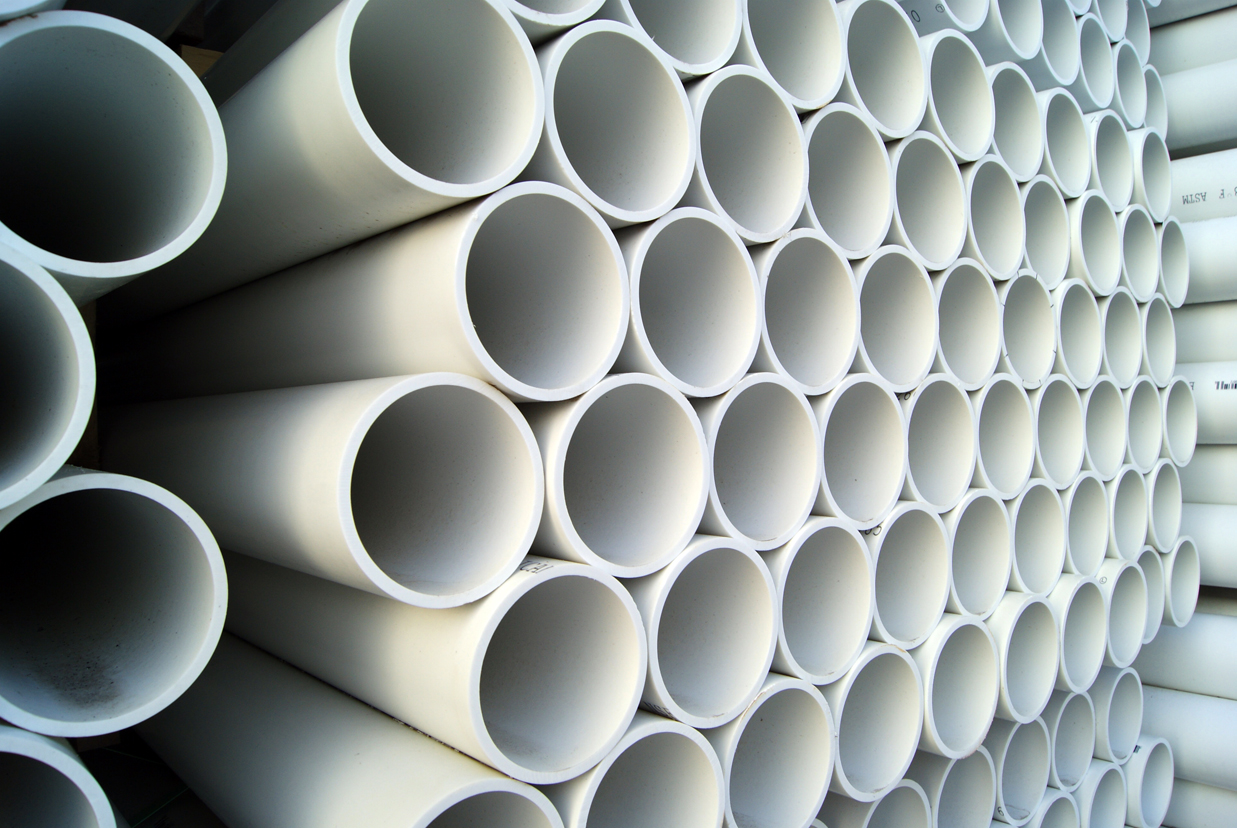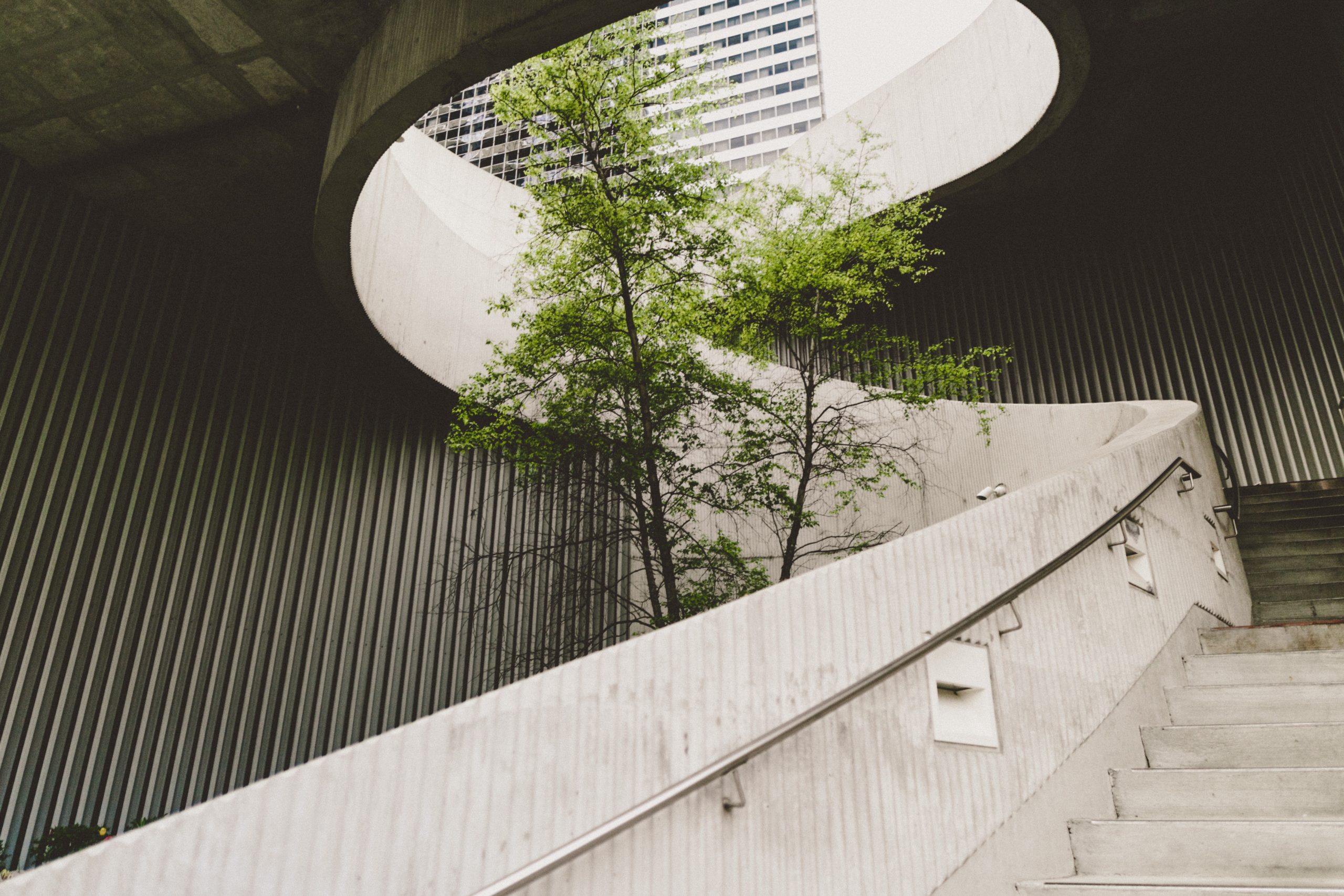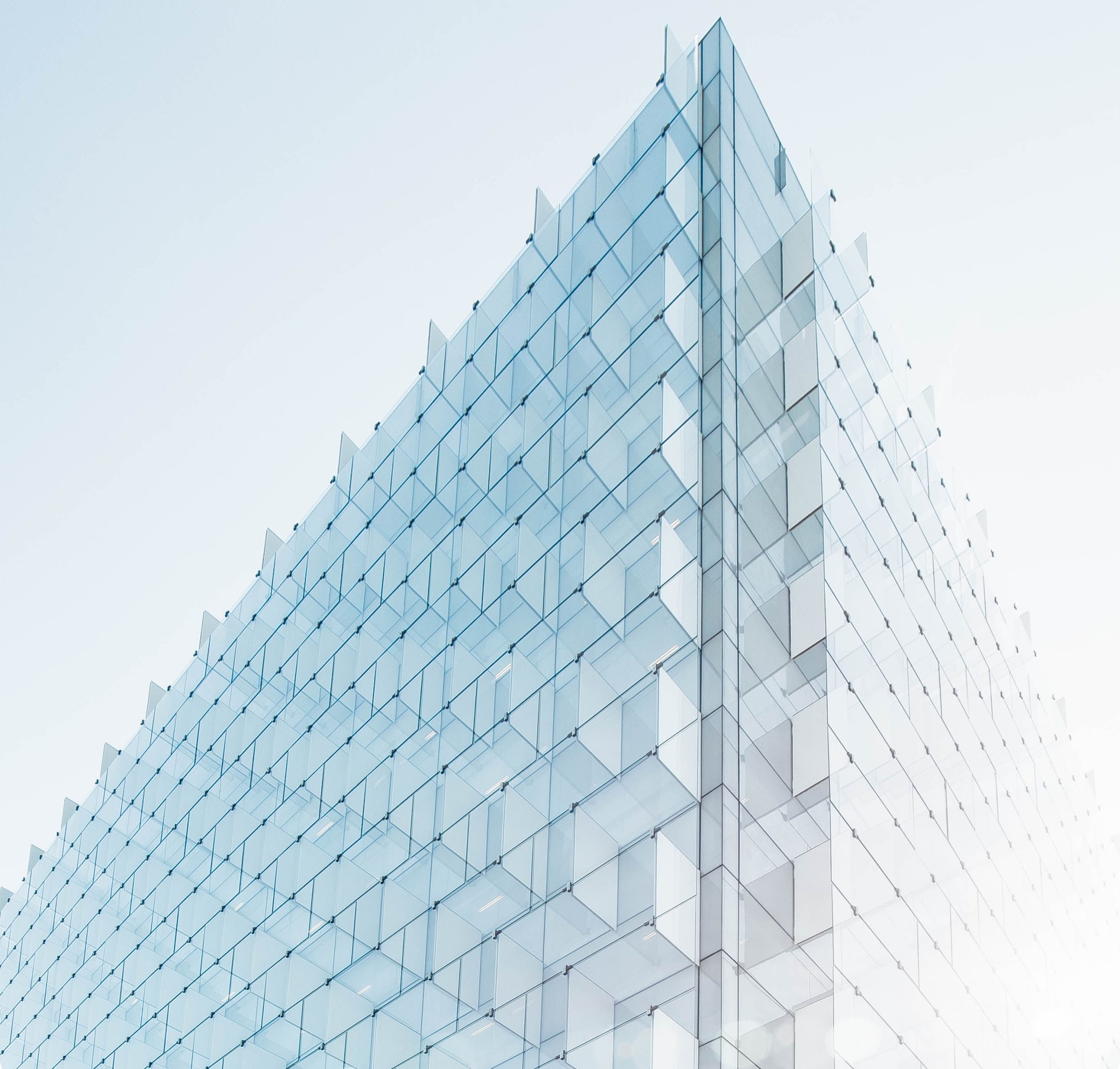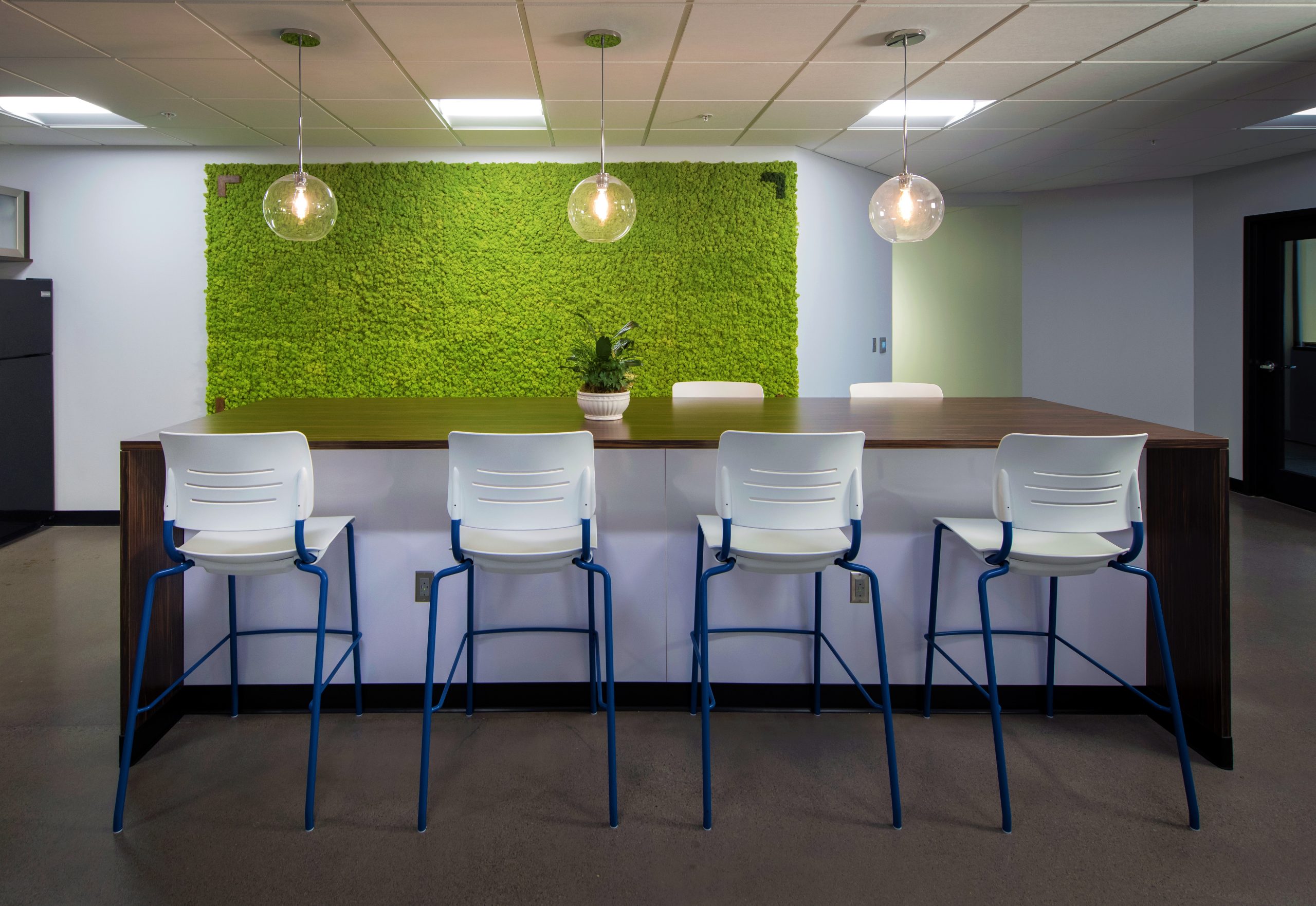People-First Places: A Commitment to Sustainability
By Jessica Rossow, RID, NCIDQ
March 3, 2022Post Tagged in
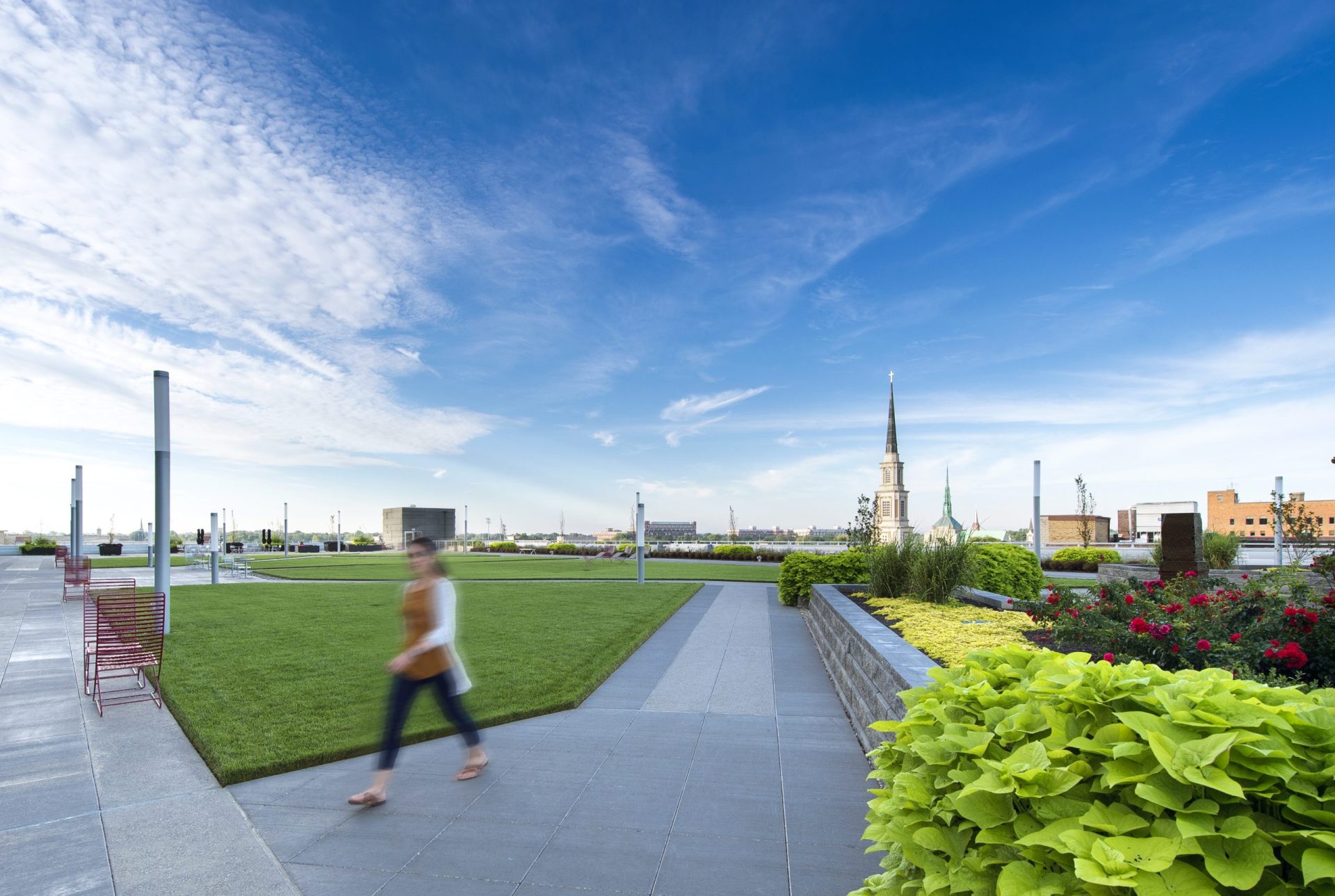 |
If you’ve ever talked to an Interior Designer, chances are they’ve had the “we do more than pick pretty colors” conversation with you. While we enjoy the occasional home remodel show as much as anyone else, our education goes much deeper. Interior design includes a wide range of knowledge that impacts our approach to any project. This holistic approach to design includes sustainability and the impact that our industry has on the earth. It’s equally as important for the main specifier of finishes on a project to be aware of the effect the materials will have on the occupant’s health.
|
